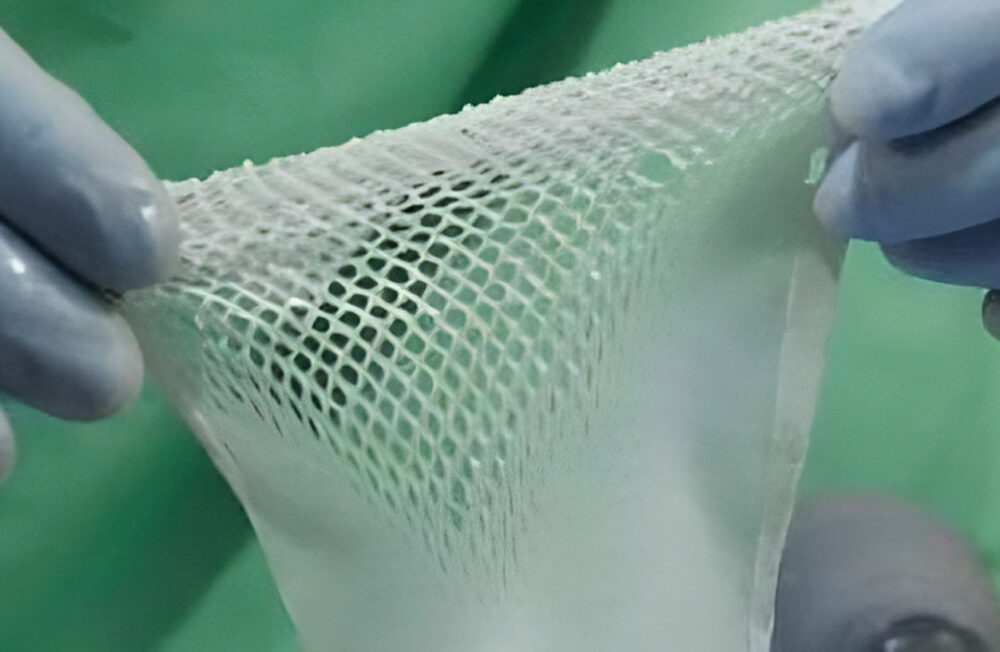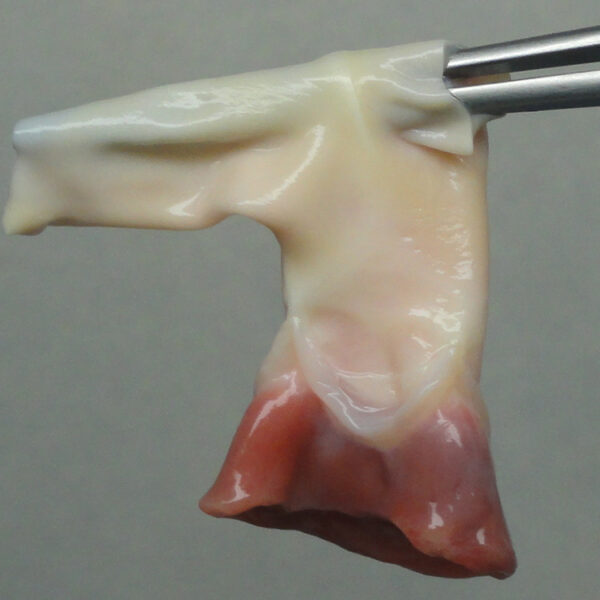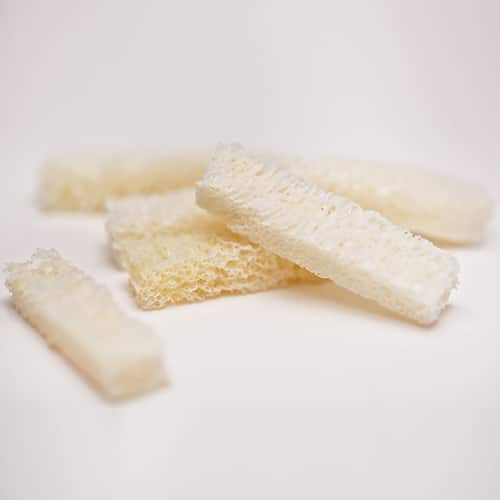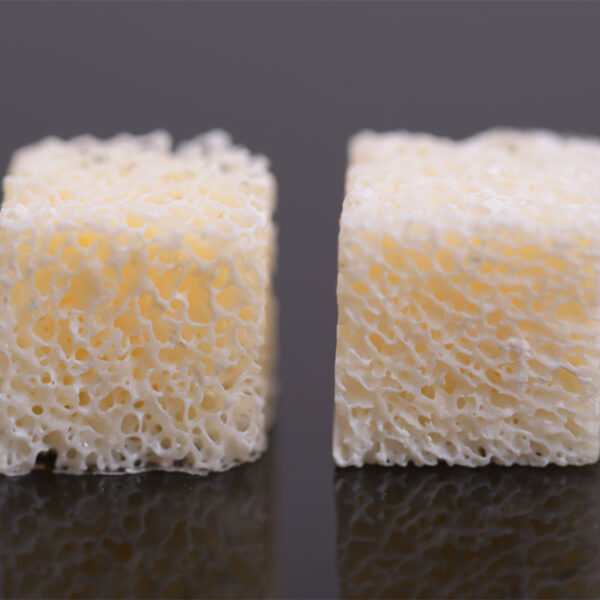from a human donor (deceased or living) and used as a temporary cover for burn wounds. They are classified by cellular viability into two main categories: viable and nonviable allografts. Viable allografts include:
- Fresh: harvested within 24 hours of donor death, folded in fine-meshed gauze, placed in a nutrient medium such as RPMI 1640 (exchanged every 3 days), and stored at 4 °C for up to 14 days—viability declines from near-baseline to about 50 % between days 5 and 15 post-harvest.
- Cryopreserved: treated with a cryoprotectant solution (typically 10 % DMSO), frozen at a controlled rate (~1 °C/min), and stored at –80 °C or in liquid nitrogen (–196 °C); this method retains up to 73.4 % of original cell viability and permits storage for up to 5 years.
Nonviable allografts include:
- Glycerol-preserved: stored in 85 % glycerol at 4 °C for up to 2 years; although cells are nonviable, glycerol preservation markedly reduces antigenicity and confers antimicrobial properties, making these grafts effective as biological dressings despite loss of viability.





Reviews
There are no reviews yet.